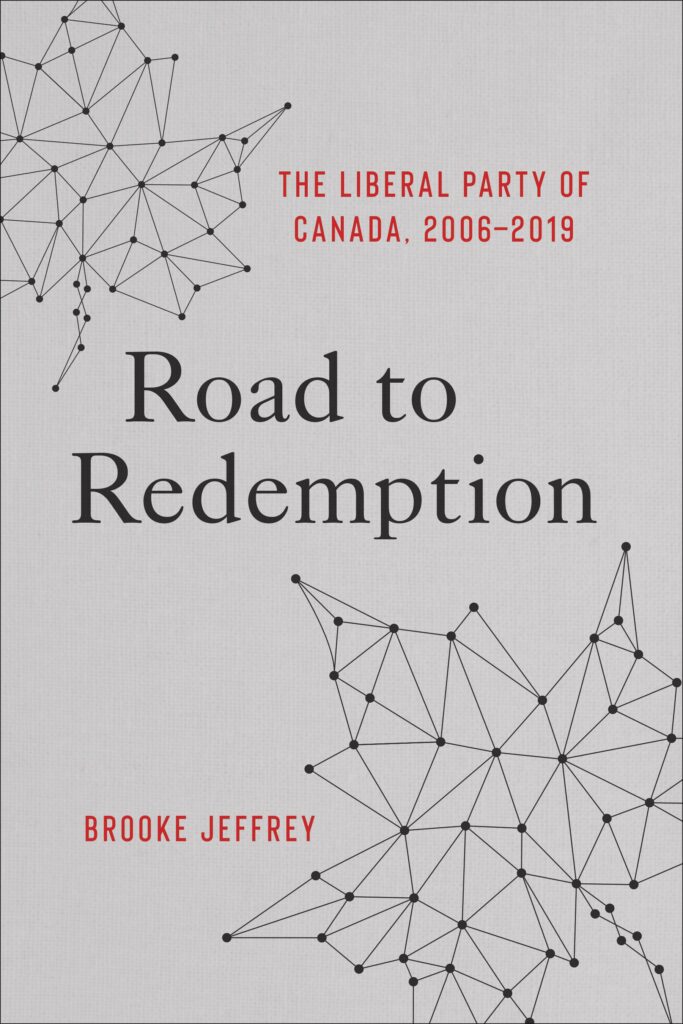Headlines have always been important to the news media. But in an era when the print media are increasingly desperate and threatened with extinction, and online sources of news often have little oversight, the importance of headlines has greatly increased.
Sensational sells, as any media expert will attest. Any print journalist will also tell you that it is standard procedure for editors, not authors, to choose the headlines for articles. More than one scribe has been heard to complain about a title that does not reflect their work. These headlines, often dramatic, may sell papers but they often fail to accurately reflect the content of an article, or tell only part of the story, and they can be seriously misleading. Many readers only glance at headlines, or read just the first few sentences of a story. If the rest of the article includes alternative viewpoints, or facts that would lead the reader to draw a different conclusion, they will never know.
Sadly, the intent of such headlines may also be deliberately misleading, particularly if the news organization is aligned with a political philosophy or party. In Europe, where the political orientation of individual newspapers is usually well-known, the reader is aware that the content may reflect this perspective, so there is less of a concern about such headlines. But in Canada, major news corporations tend to stress the impartial nature of their reporting, with the notable exception of columnists — whose work clearly reflects their opinions. As a result, the role that headlines play in presenting the news, whether intentionally misleading or not, is something to which more attention should be paid by the careful reader. Simply put, caveat emptor.
One recent example of a misleading headline can be found in the Globe and Mail of September 5, 2020. The headline reads “O’Toole a Good Choice for Tories, Nanos Poll Shows.” Yet the actual polling results presented in the article tell a different tale and arguably would lead most people to quite a different conclusion. For example, the random polling of 1,039 Canadians found that the overwhelming response to the question of which Conservative leadership candidate impressed them the most was “none of the above.” Erin O’Toole, the eventual winner, received the approval of only 17%, while Peter McKay and Leslyn Lewis received 13% and MP Derek Sloan 3%. Perhaps not surprisingly, the poll found that after O’Toole’s election as leader only 20% of respondents felt the party had made a good choice. Another 21% felt he was a somewhat good choice, for a total of 41%, so less than half gave a reasonably positive responses to his selection as leader. But 12% felt he was a poor choice and 9% a somewhat poor choice, while fully 38% felt they did not know enough about him to express any view at all. So 59% of respondents did not think of O’Toole as a good choice. Does the headline reflect this?
What the headline missed, and what was in fact the major finding of the article, was O’Toole’s relative anonymity, something which pollster Nik Nanos himself stressed, stating that he believed O’Toole still had time to “introduce himself to Canadians in a way that makes Canadians open to voting Conservative.” But this is not the stuff that makes for good headlines, or sells newspapers.
